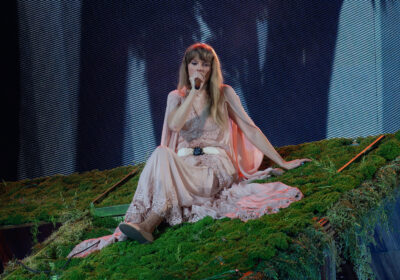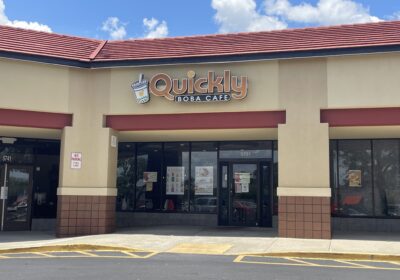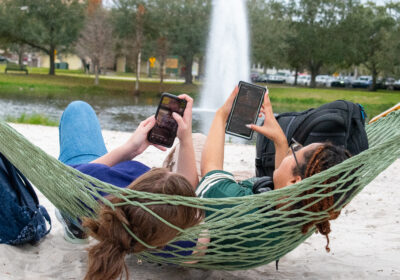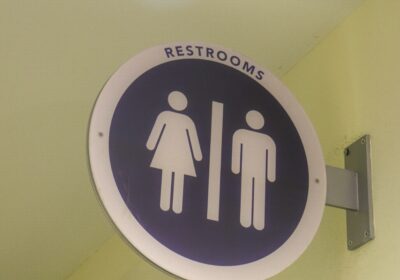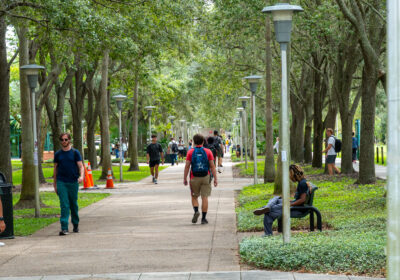Collins Park is wasted effort for beautification
Last week, lighting and an awning was carefully hung over the south facade of the Library, putting the finishing touches on USFs new Collins Park. This project of the universitys totaled a stunning $1 million. Though the park is a pleasant addition to the campus, there are possibly a million better ways to spend $1 million.
Beautification projects and renovations have added to the overall appeal of the USF campus, but Collins Park was just the wrong project, at the wrong place, at the wrong time.
In a time of budget cutting, Collins Park seems to be a wasteful display of money. Though the park was a beautification project for the campus, the money could have been used for a broader range of cosmetic applications. Collins Park is essentially a costly nose job, when the university is in need of a makeover.
From the perspective of Fowler Avenue, the USF campus is beautiful and Collins Park is just another addition to that. From Fowler, one sees the lush landscapes and fountains of Leroy Collins Boulevard, adorned at the entrance with the universitys seal. Also visible in the skyline are the fairly new Juniper-Poplar residence halls, the renovated Sun Dome and other newer buildings such as the Patel Center for Global Solutions and Interdisciplinary Sciences building. Now, there is the unnecessary addition of Collins Park.
In stark contrast, if one were to view the campus from Fletcher Avenue, one would see the seemingly forgotten housing buildings of Greek Village and Andros Complex, a large parking lot and farther in, some decaying art and theater buildings. If a beautification effort needed to be done, it should have been closer to Fletcher rather than Fowler.
Renovations in the Library are understandable, as this is the hub of student activity on campus. On tours, visitors will now see the updated and renovated areas. What is kept from the sight of visitors, however, are the older properties on the Fletcher side of campus.
Furthermore, the appearance of the campus to visitors can be improved by simpler renovations rather than elaborate projects such as Collins Park. Cracked sidewalks, roadways with potholes and parking areas on the campus could be updated. Not only are these some of the first areas seen by visitors, they are also the areas frequented by students on foot, bicycle, skateboard, and wheelchair going to class each day and repaving would surely be beneficial to those on wheels.
Instead of focusing intensely in a specific spot, improvements should be done in a broader way that impacts the community as a whole. It is time for the campus to stop building on the already updated areas. If anywhere needed a new park or similar beautification project, it is these other parts of campus that have been sorely neglected by the university.



